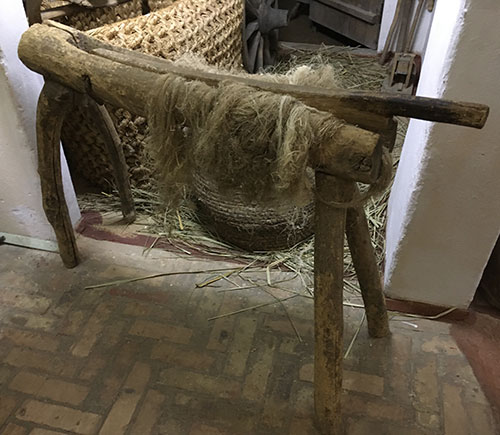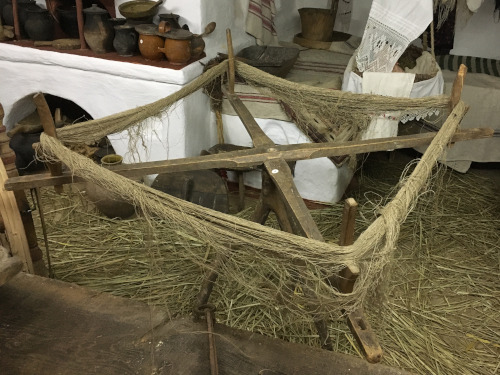 Today, we buy industrially-made clothes that are cheap and super easy to find. But only 150 years ago, most people had to make their own clothing. They grew flax, cotton, and hemp, bred sheep, alpacas, camels, etc to have the material for the yarn and fabric. Creating a garment was a real challenge and hard labor. They used many original tools, sometimes rather bizarre-looking but very handy, for processing the fibers (crimping, carding, combing) and the yarn (spinning, dyeing, weaving). We’ve found for you the top 5 most unique and awe-inspiring old folk craft tools. You probably haven’t even heard about some of them.
Today, we buy industrially-made clothes that are cheap and super easy to find. But only 150 years ago, most people had to make their own clothing. They grew flax, cotton, and hemp, bred sheep, alpacas, camels, etc to have the material for the yarn and fabric. Creating a garment was a real challenge and hard labor. They used many original tools, sometimes rather bizarre-looking but very handy, for processing the fibers (crimping, carding, combing) and the yarn (spinning, dyeing, weaving). We’ve found for you the top 5 most unique and awe-inspiring old folk craft tools. You probably haven’t even heard about some of them.
#5 Wooden yarn combs
These things are pretty familiar to us and it’s obvious how to use them. They’re just like hair combs. Usually, they’re used to comb wool. Such tools help to arrange the fibers parallel, separate undercoat from outercoat, and tease wool before carding and spinning it.

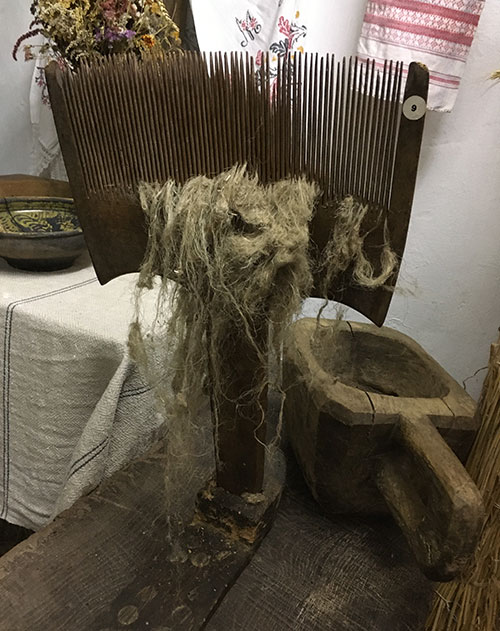
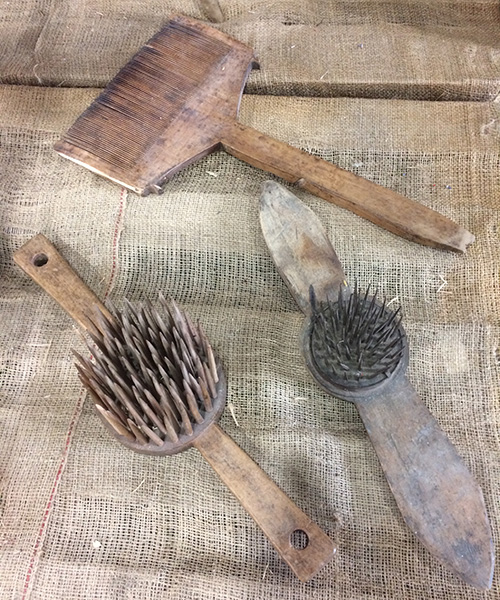
#4 Wool carder
This tool is used to card wool fleece before spinning it into actual threads. You need some skill to successfully card the wool, but this process is important. Usually, carders are rectangular and have handles and many, many tiny curved teeth.
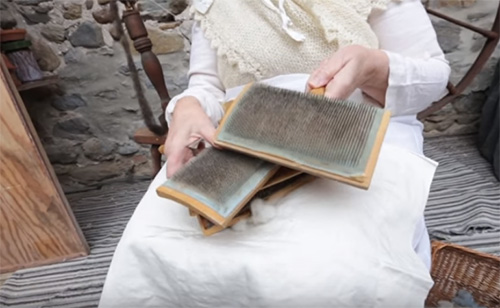
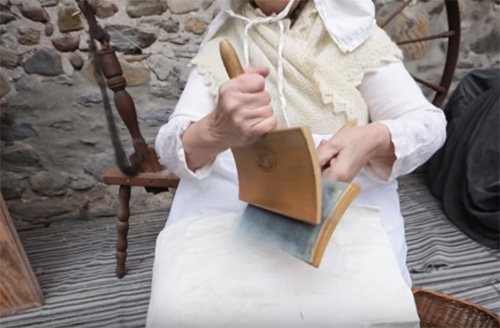
#3 Stationary distaff
A distaff is a spinning tool used to hold the unspun fibers, keeping them untangled and thus easing the spinning process. Usually, distaffs are small and portable, they resemble a stick. But this vintage stationary distaff is large, almost as high as a spinning wheel, and looks a bit like a stool.
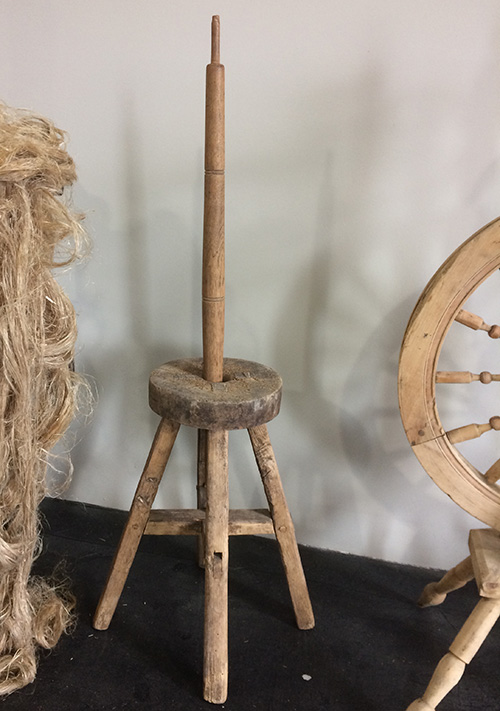
#2 Spinning swift
This oddly-looking tool is used to hold the loose yarn and keep it from being tangled while you wind it into a ball. Winding was typically performed by hand, and for holding the yarn, you needed a yarn swift. Usually, this was a very simple and crudely-made tool.
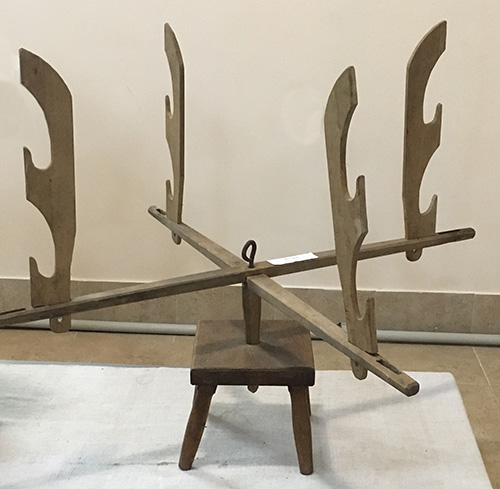
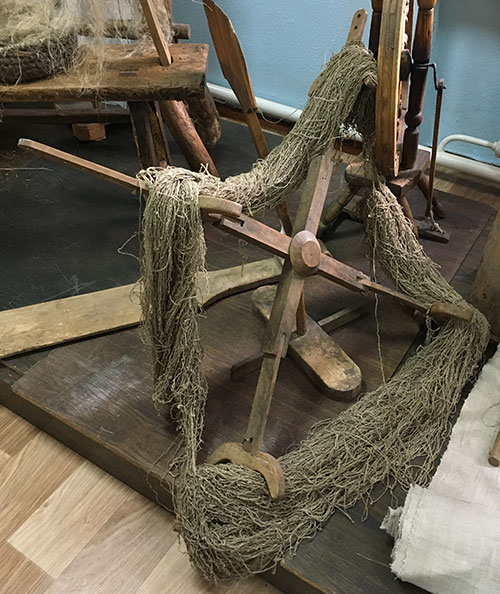
#1 Yarn crimper
Vintage yarn crimper, a tool used for crimping the yarn – separating plant fibers (linen or hemp) from stems before spinning them. The top stick is lifted and linen or hemp stems are beaten with it and pulled through the gap. It is a very simple but effective tool. Although, it takes a lot of time to process the yarn this way.
